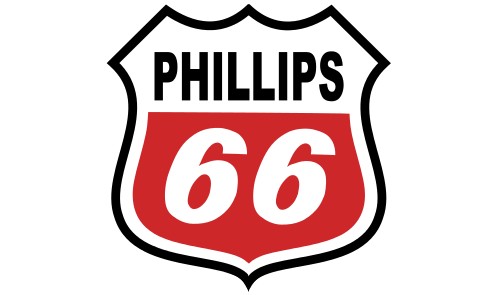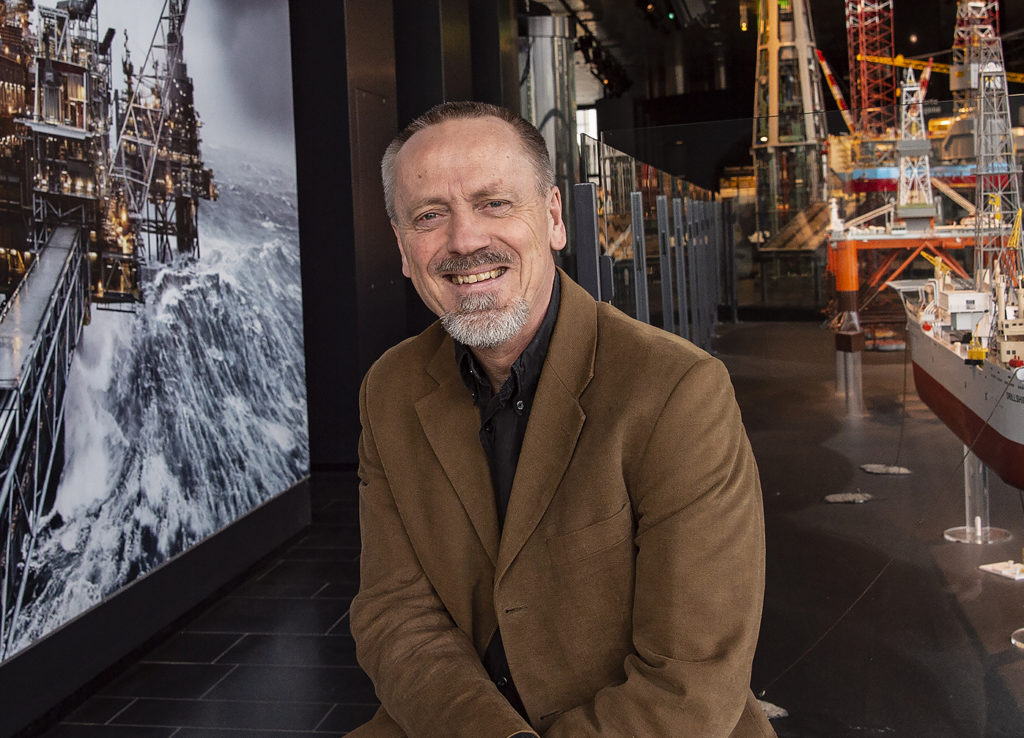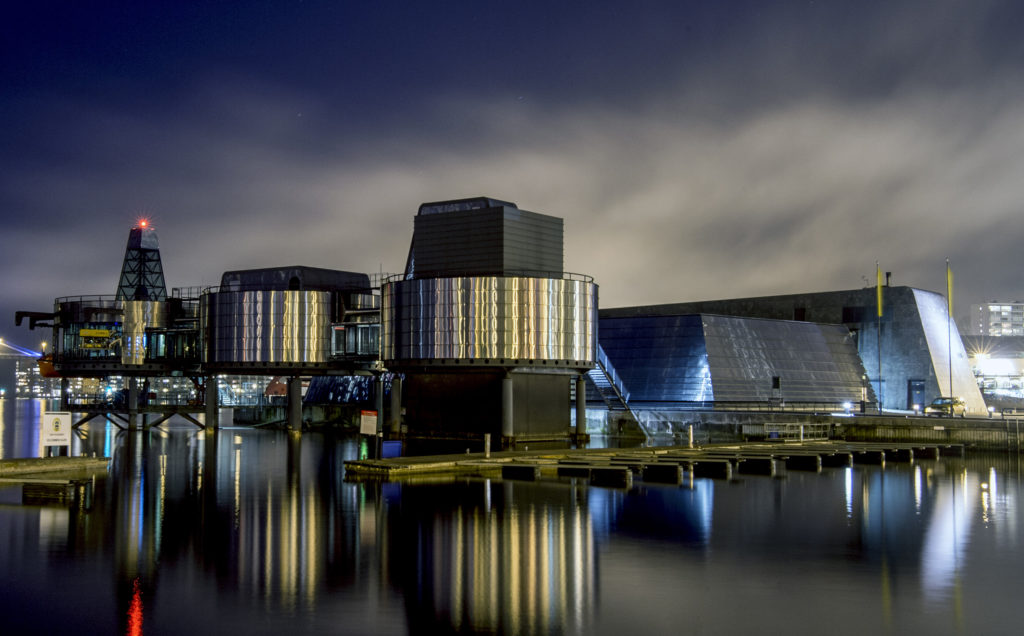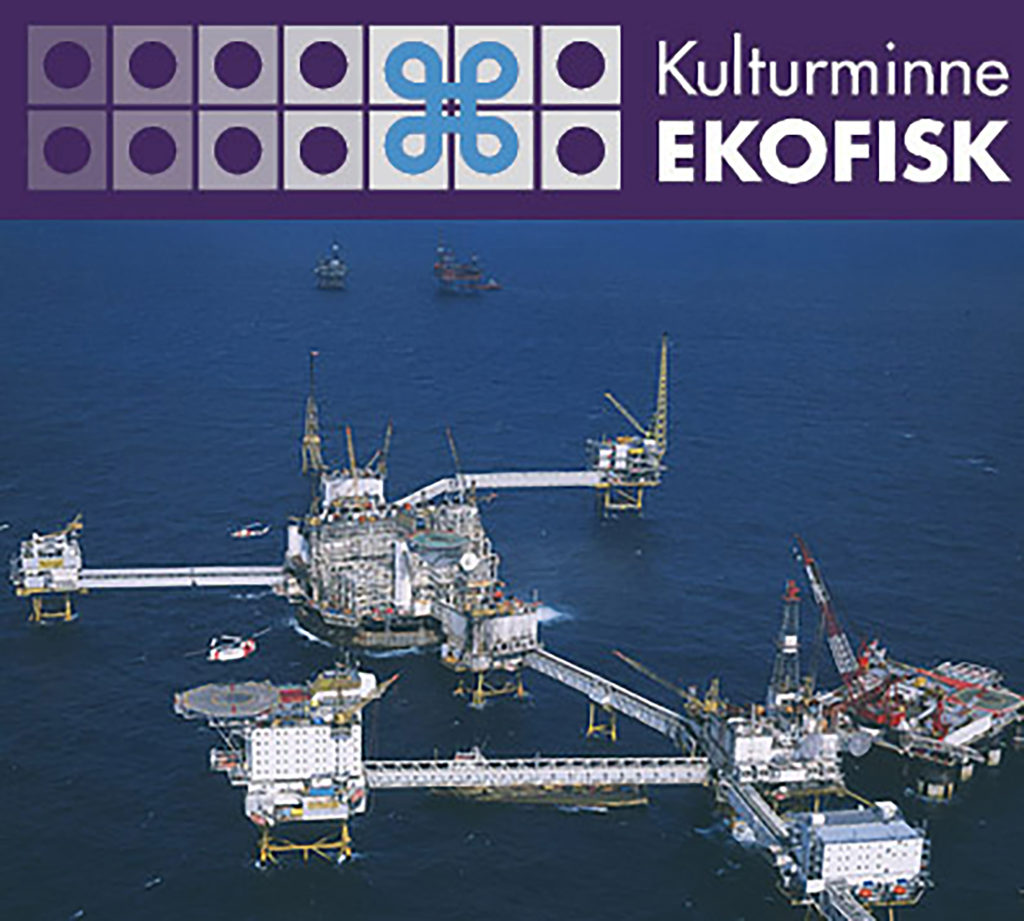Plans to document Ekofisk

An era in the development of the Greater Ekofisk Area was over. The question was whether its history should also vanish – or was it worth preserving.
The plan was circulated for consultation. In a letter to the Norwegian Pollution Control Authority (SFT) dated 20 March, the Directorate for Cultural Heritage responded: “Ekofisk is a very important part of Norway’s recent technical-industrial cultural heritage.”
Conserving the 15 installations was not regarded as either practical nor desirable. So the directorate was not opposed to their removal, scrapping or recycling, but maintained that they should be documented before removal.
In the directorate’s view, a documentation project of this kind should be funded by the licensees. The aim was to gather the necessary archival material before the cultural heritage was lost.
“It would be appropriate to require that relevant design drawings are secured, the facility photographed properly, people who participated in the design, construction and production phases interviewed, and the social history aspects illuminated in a systematic way,” the letter to the SFT maintained.
“With oil production, a new working class emerged which toiled and lived for weeks at a time in its workplace.”[REMOVE]Fotnote: Letter from the Directorate for Cultural Heritage to the Norwegian Pollution Control Authority of 20 March 2000 on the impact assessment for cessation and removal of Ekofisk I.
 Riksantikvaren vil dokumentere Ekofisk, Første oljeselskap interessert
Riksantikvaren vil dokumentere Ekofisk, Første oljeselskap interessertIn September 2000, the directorate accordingly wrote to Phillips Petroleum Company Norway with a request to document Ekofisk as a slice of cultural heritage.
It noted that the installations represented “some of the largest and most complex cultural heritage sites from our recent past.”
A documentation project could cover the physical structures, the working environment and the social consequences of the Ekofisk development.
How this work would be tackled in practice was unclear, but contact was taken at an early stage with the Norwegian Petroleum Museum in Stavanger.
 Riksantikvaren vil dokumentere Ekofisk,
Riksantikvaren vil dokumentere Ekofisk,Director Finn E Krogh thought this was a suitable job for the institution. “The most important documentation is written sources, films and photographs,” he told local daily Stavanger Aftenblad. “Where objects are concerned, we must select a representative sample of tools, control panels and platform components.”[REMOVE]Fotnote: NTB, 23 September 2000.
The first meeting to discuss possible collaboration on a documentation project was held at the museum on 13 October 2000 with Krogh and colleague Nils Henrik Fuglestad present.
 Riksantikvaren vil dokumentere Ekofisk, historie,
Riksantikvaren vil dokumentere Ekofisk, historie,Others attending were Gustav Rossnes from the Directorate of Cultural Heritage and Stig S Kvendseth on behalf of Phillips Petroleum Company Norway.
The company was positive to the directorate’s proposal on documentation as an alternative to physical conservation of the installations.
Kvendseth provided a broad orientation of the removal project, and Rossnes gave a briefing on the overall national parameters for conserving Norway’s cultural heritage.
Agreement was reached on establishing a preliminary project to define the framework for a documentation programme covering the Greater Ekofisk area.
The Norwegian Petroleum Directorate (NPD) also became involved, and Gunnar Berge, its director general, wrote to Phillips on 10 January 2001 on this subject.
He recommend that the company take the initiative to establish a preliminary project as soon as possible. He also recommended that the museum be utilised as the specialist body for such cultural heritage work on the Norwegian continental shelf (NCS).
The NPD would provide technical support to the extent that it had relevant expertise and resources, Berge emphasised.[REMOVE]Fotnote: Letter of 10 January 2001 from the Norwegian Petroleum Directorate to Phillips Petroleum Company Norway on Ekofisk as cultural heritage. A positive response was received from Phillips on 22 January.[REMOVE]Fotnote: Letter of 22 January 2001 from Phillips Petroleum Company Norway to the Norwegian Petroleum Directorate on Ekofisk as cultural heritage.
Preliminary work could thereby begin, and led in turn to the Ekofisk cultural heritage project as the first programme aimed at documenting a petroleum field on the NCS.
It was led by the petroleum museum in cooperation with the Regional State Archives in Stavanger and the National Library of Norway, and was later renamed Ekofisk industrial heritage.

